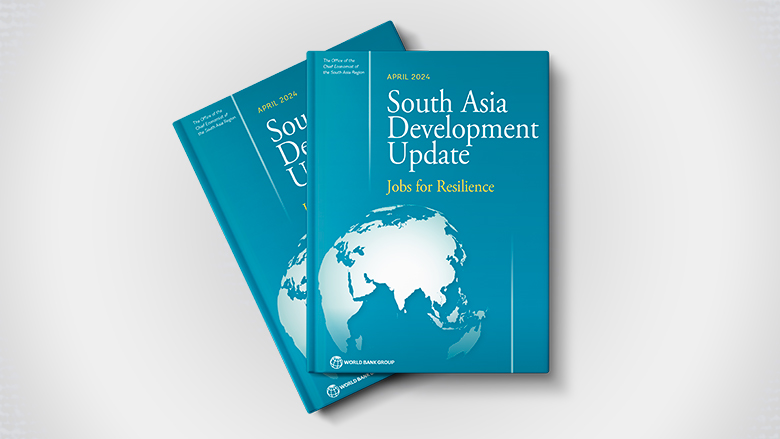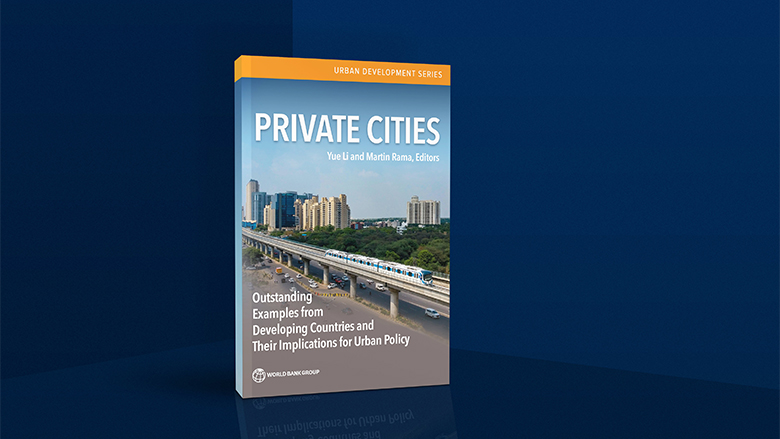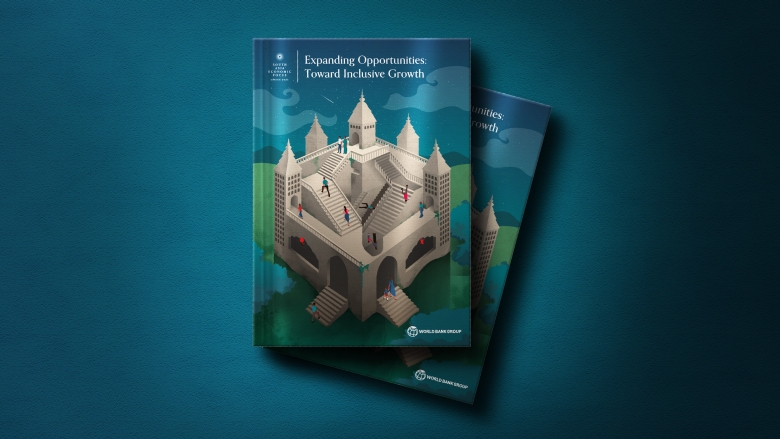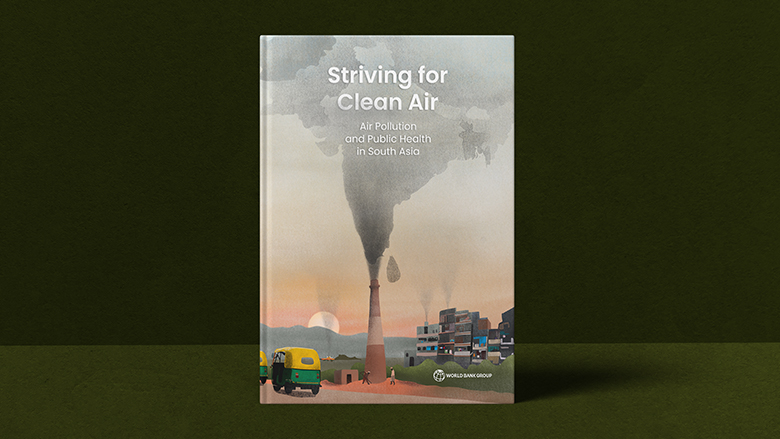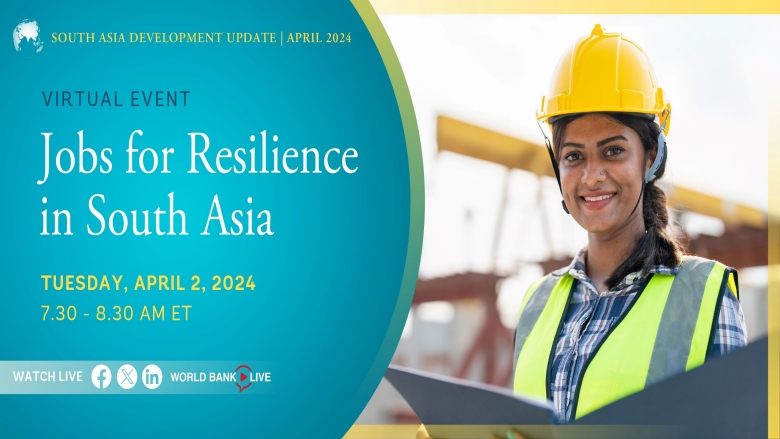The Office of the Chief Economist provides timely, high-quality, and innovative analysis on pressing economic issues for policy making in the South Asia Region. To achieve this mission, the Office publishes the semi-annual South Asia Economic Focus as well as topical, policy-oriented analytical studies on region-wide and cross-sectoral issues; fosters a community of economists interested in the region; and offers advice on operational matters. The Chief Economist of the South Asia Region serves as the Bank’s principal regional spokesperson on economic issues facing South Asia.

